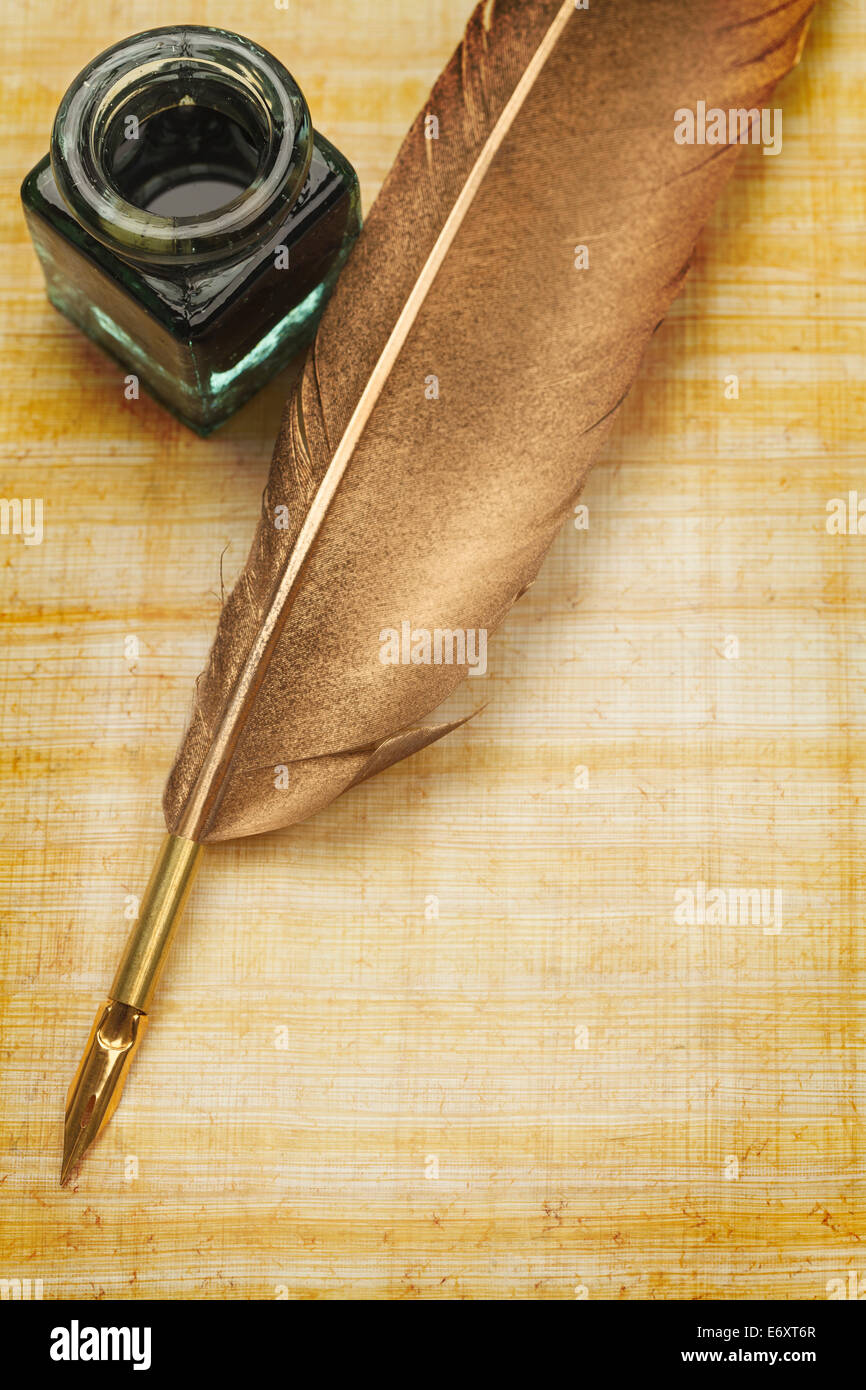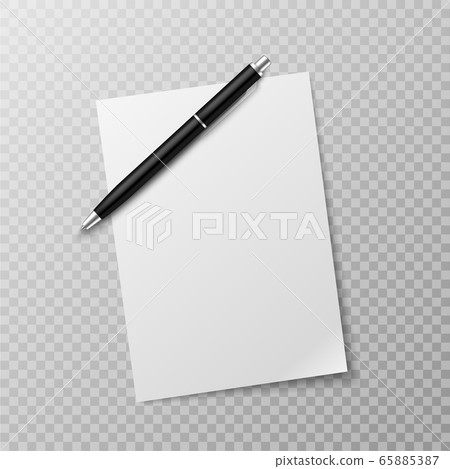

UXPin’s journey started with a similar paper prototyping product called Web Kit. While the main benefit of paper prototyping is speed, some designers use tools like UI Stencils to design accurate, aesthetically pleasing screen layouts-vital if you plan to present paper prototypes to stakeholders or testing participants. These mock devices also allow designers to see how their designs might look within the confines of a mobile phone-especially useful if you’re designing a mobile app! Sometimes, teams will build a mock iPhone or Android device using a piece of cardboard to simulate swipes, scrolls, and other basic functionality.


Content is limited, with only headlines and call to action links displaying any legible text. The designs are rudimentary and usually sketched in black and white. The primary goal of paper prototyping is to map our information architecture and visualize user flows.ĭesign teams often lay paper screens on a desk or flow and imagine how real users would navigate to reach an end goal. For this reason, paper prototypes designers rarely share paper prototypes outside of the department. Paper prototypes are low-fidelity because they don’t have any functionality. Paper prototypes test on a high-level user experience rather than interaction design. Paper prototyping is the process of developing ideas and designing user flows using hand-sketched “screens” that represent a digital product. Sign up for a free trial and explore UXPin’s prototyping features today! What Is Paper Prototyping?

With UXPin’s design systems, UX teams can jump straight from paper prototypes to high-fidelity prototyping, significantly accelerating the design process. Paper prototyping is a crucial part of the early UX design thinking process because it fosters collaboration, allowing designers to explore lots of ideas at a minimal cost. The more planning and preparation designers can do before sitting down at the computer, the quicker they can design wireframes, mockups, and prototypes. In the high-tech digital UX design world, pen and paper are still the preferred choices for fast low-fidelity prototyping.Ĭontrary to assumptions, UX teams spend a lot of time away from the computer, writing on sticky notes, whiteboards, notepads, and adding annotations to paper prototypes. Paper Prototyping: The 10-Minute Practical Guide


 0 kommentar(er)
0 kommentar(er)
